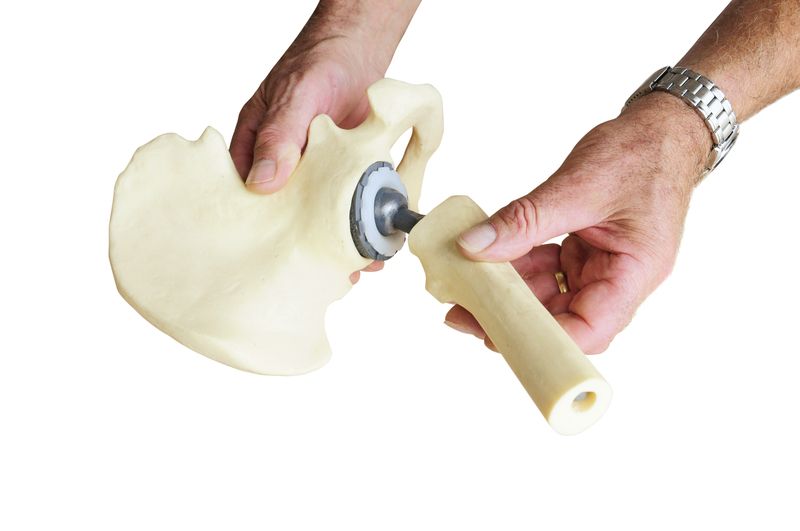A hip replacement surgery is a common type of surgery where a damaged hip joint is replaced with an artificial implants known as Hip Implants. Adults of any age can be considered for a hip replacement, although most are carried out on people between the ages of 50 to 80. Hip Implants are designed to last for at least 15 years. Most people experience a significant reduction in pain and some improvement in their range of movement.
When is a hip replacement needed?
Hip replacement surgery usually becomes necessary when the hip joint is worn or damaged to the extent that your mobility is reduced and you experience immense pain even while resting. The most common reason for hip replacement surgery is osteoarthritis. Other conditions that can cause hip joint damage include:
1) Rheumatoid Arthritis
2) Hip Fracture
3) Septic Arthritis
4) Or disorders that cause unusual bone growth i.e. Bone Dysplasias
Who is offered hip replacement surgery?
A hip replacement is major surgery, so is normally only recommended if other treatments, such as physiotherapy or steroid injections, haven’t helped reduce pain or improve mobility. You may be offered hip replacement surgery if you are suffering from severe pain, swelling and stiffness in your hip joint and reduction in mobility.
How hip replacement surgery is performed?
A hip replacement can be carried out under a general anesthetic (where you’re asleep during the procedure) or an epidural (where the lower body is numbed). The surgeon makes an incision into the hip, removes the damaged hip joint and replaces it with an artificial joint made of a metal alloy or, in some cases, ceramic. The surgery usually takes around 60-90 minutes to complete.
Alternative surgery
There is an alternative type of surgery to hip replacement, known as hip resurfacing. This involves removing the damaged surfaces of the bones inside the hip joint and replacing them with a metal surface. An advantage to this approach is that it removes less bone. However, it may not be suitable for patients over the age of 65 years as their bones tend to be weak. Resurfacing is much less popular nowadays due to concerns about the metal surface causing damage to soft tissues around the hip.
Preparing for hip replacement surgery
Before you go into hospital, find out as much as you can about what’s involved in your operation. Your hospital should provide written information or videos. Stay as active as you can. Strengthening the muscles around your hip will aid your recovery. If you can, continue to take gentle exercise, such as walking and swimming, in the weeks and months before your operation. You may also be referred to a physiotherapist, who will give you helpful exercises.
Recovering from hip replacement surgery
The rehabilitation process after surgery can be a demanding time and requires commitment. For the first four to six weeks after the operation you’ll need a walking aid, such as crutches, to help support you. You may also be enrolled on an exercise program that’s designed to help you regain and improve the use of your new hip joint. Most people are able to resume normal activities within two to three months but it can take up to a year before you experience the full benefits of your new hip.
Uteshiya Medicare is one of the top manufacturers of Orthopedic implants and instruments. We know that these are to be inserted into a body and used for performing different surgeries, which means that their quality must adhere to the high-quality standards. Each of our orthopedic implant and instrument undergoes strict quality surveillance along with required documentation. And hence ensures that high quality standards is maintained at every phase during the manufacturing. For more details call us at: +91 9998957054.

